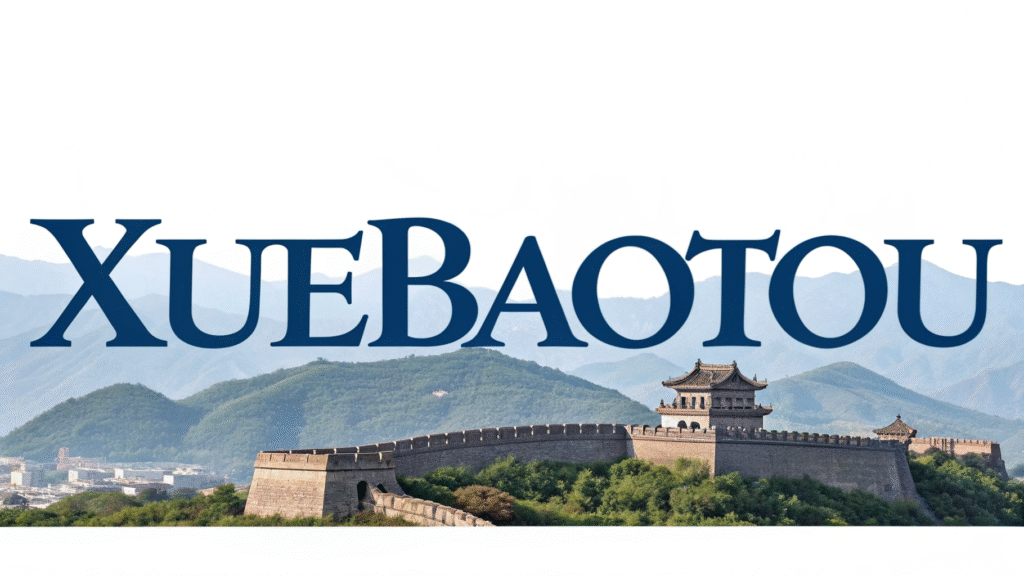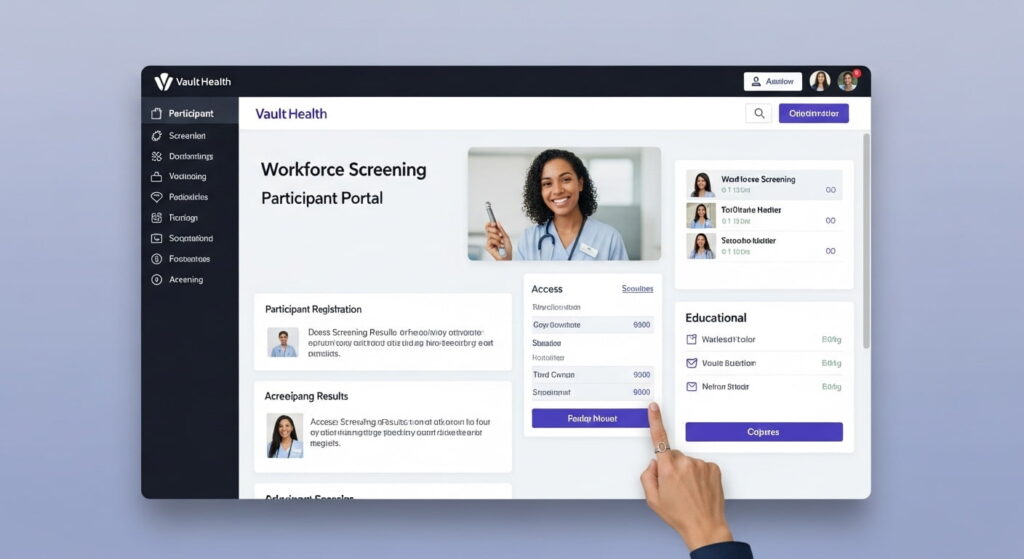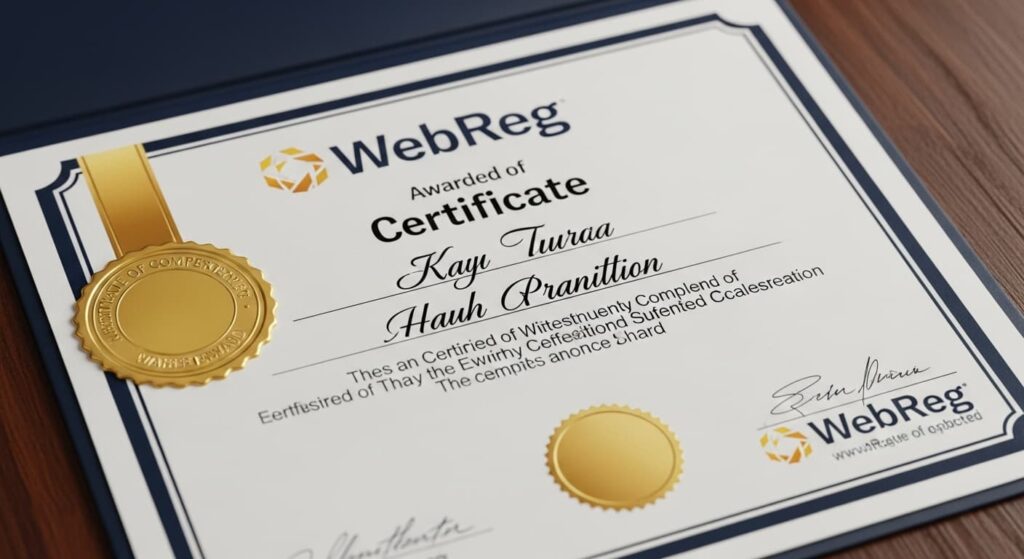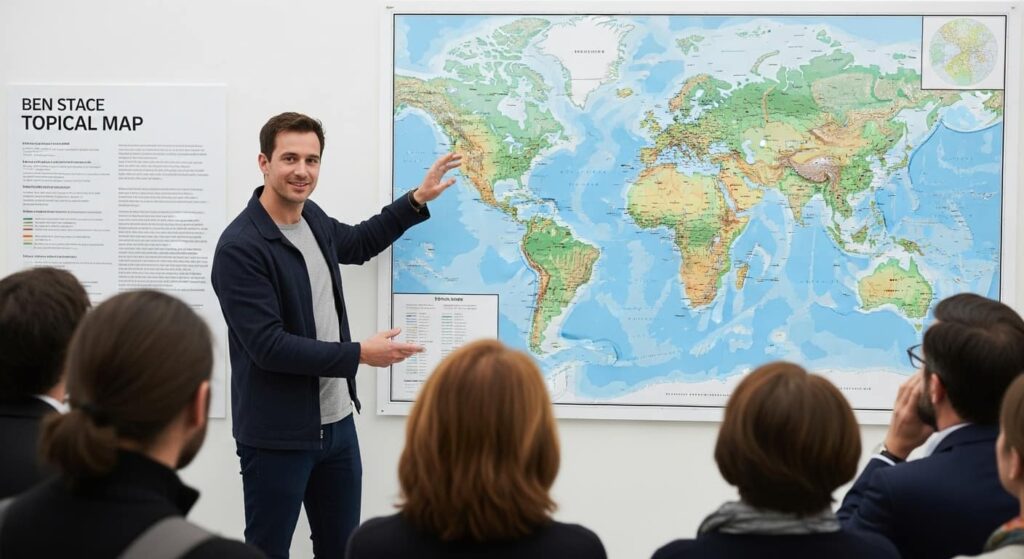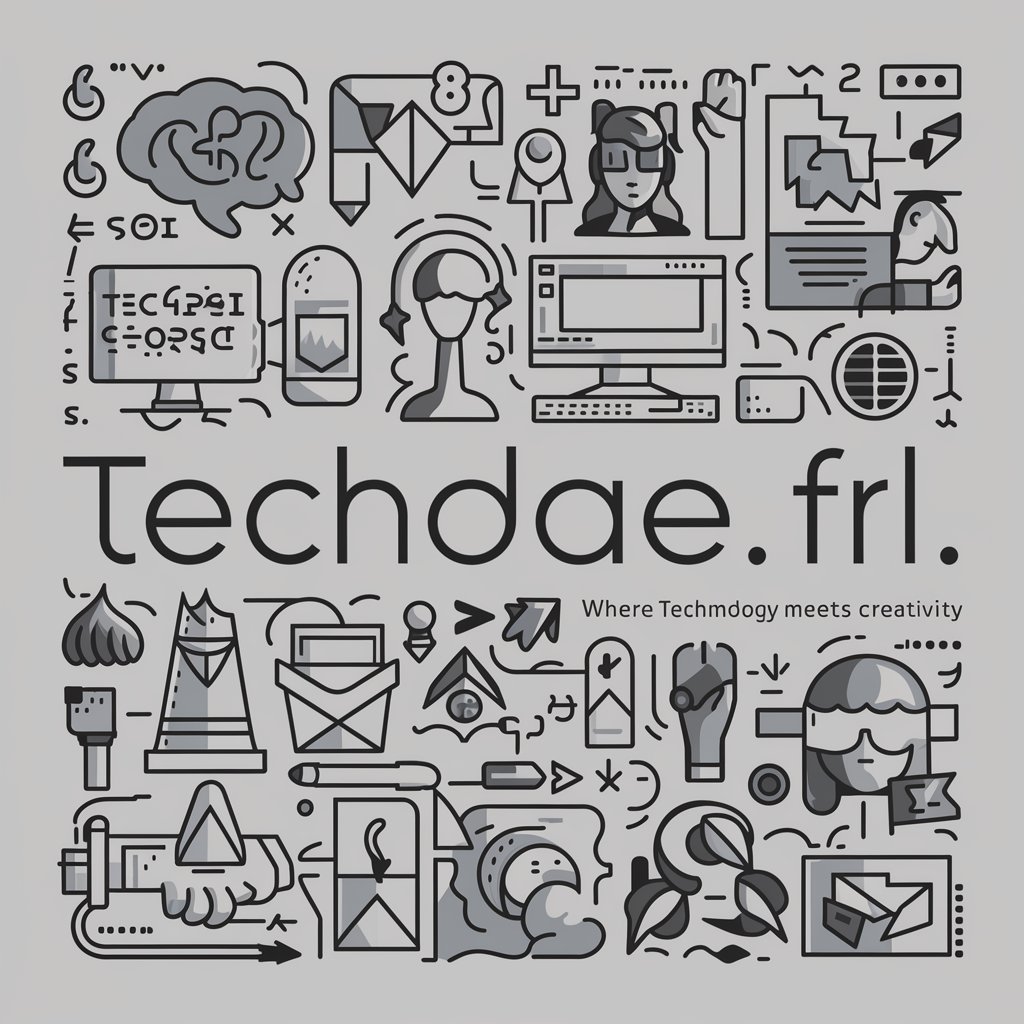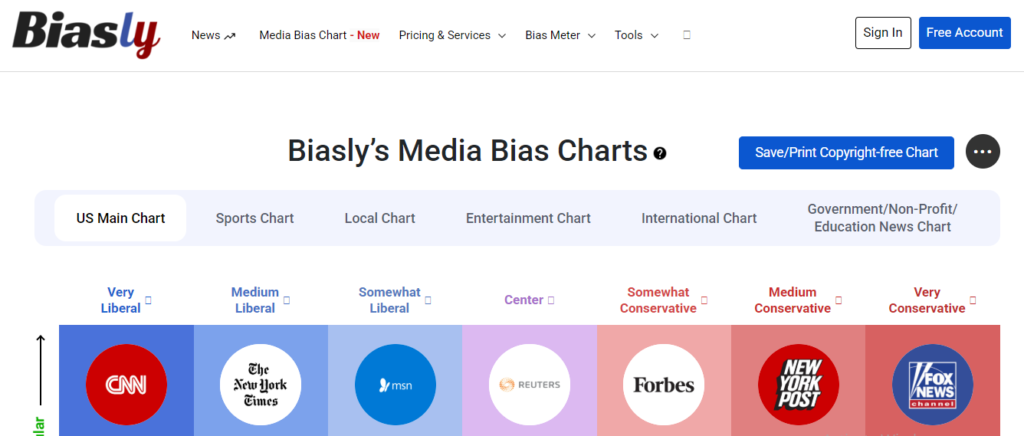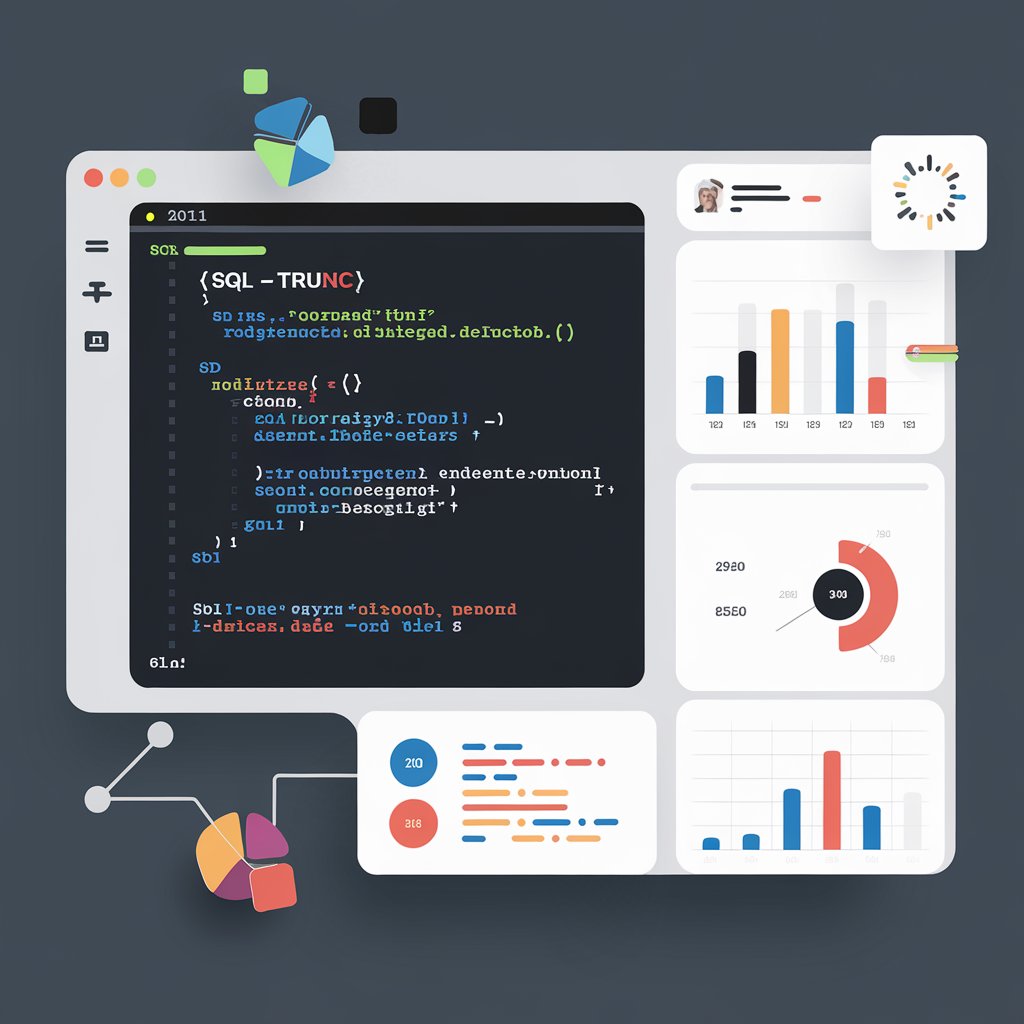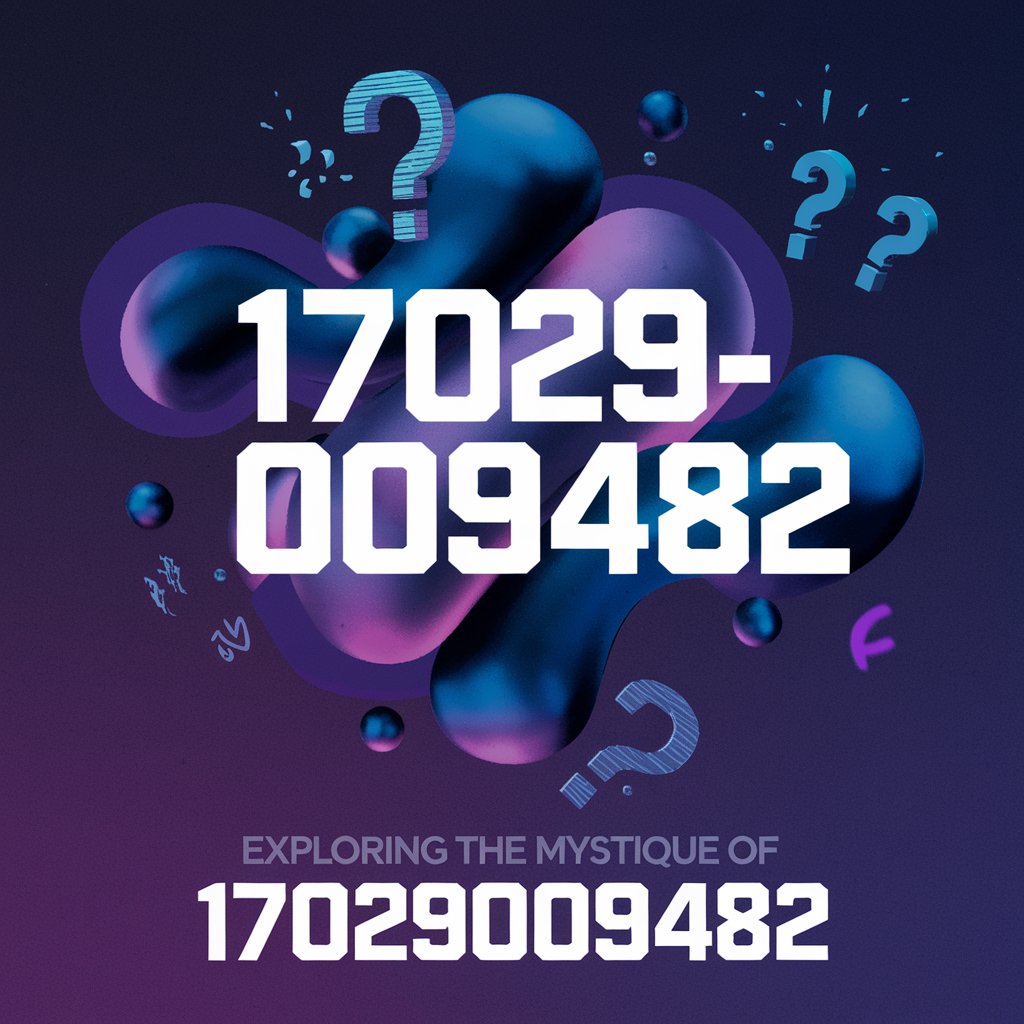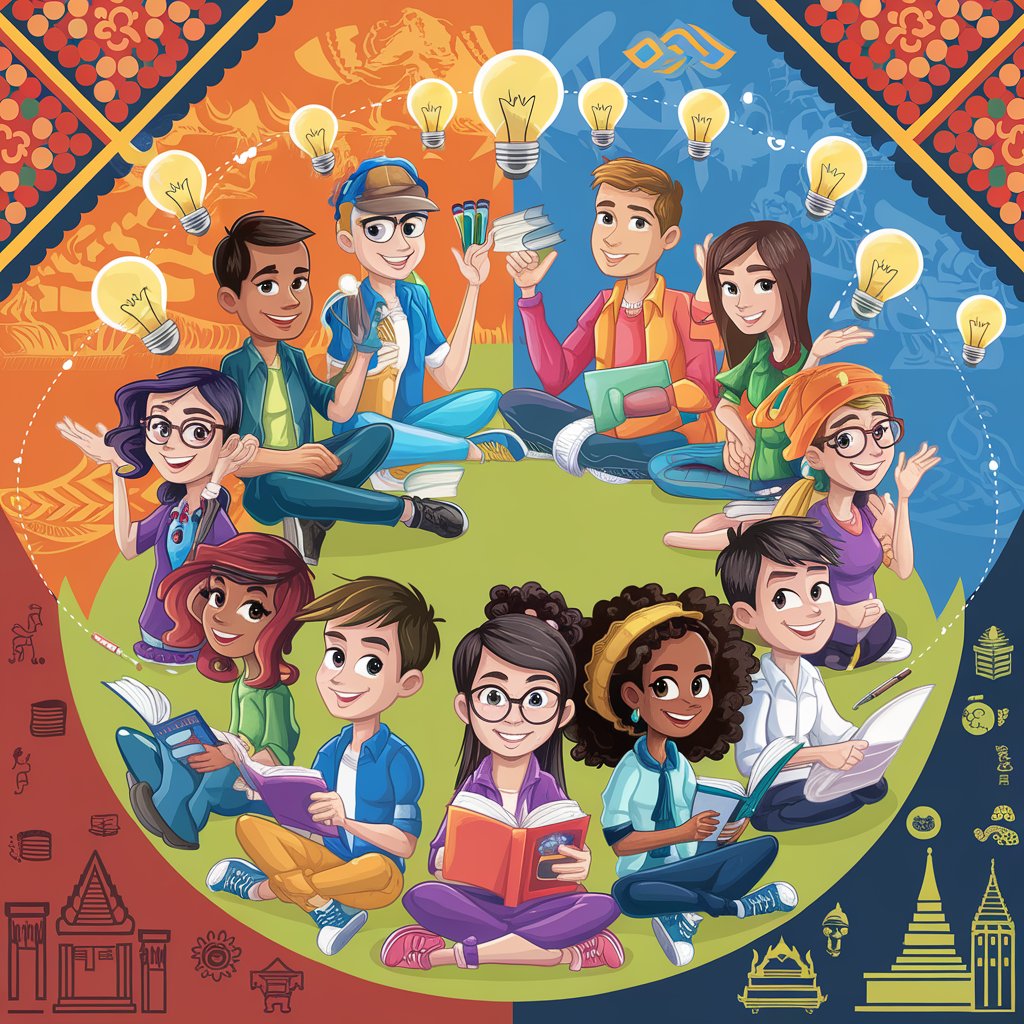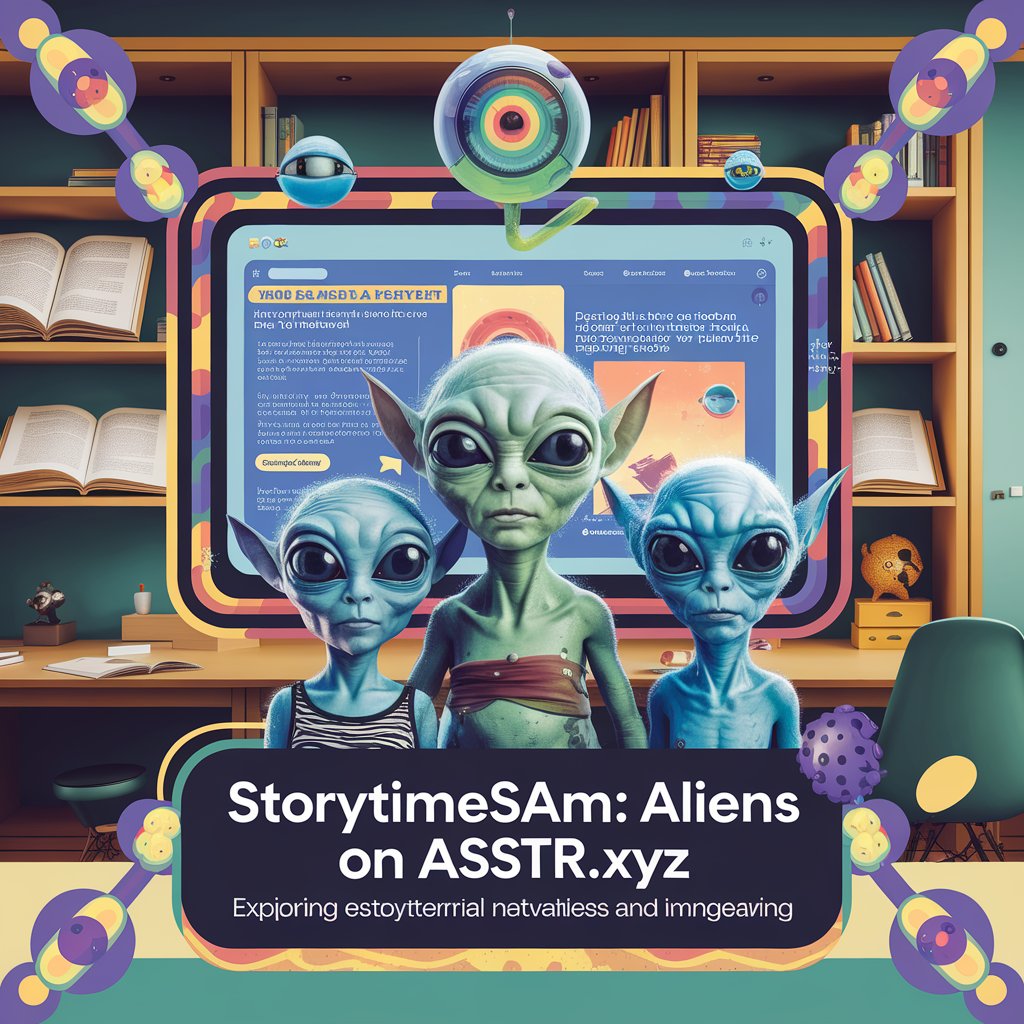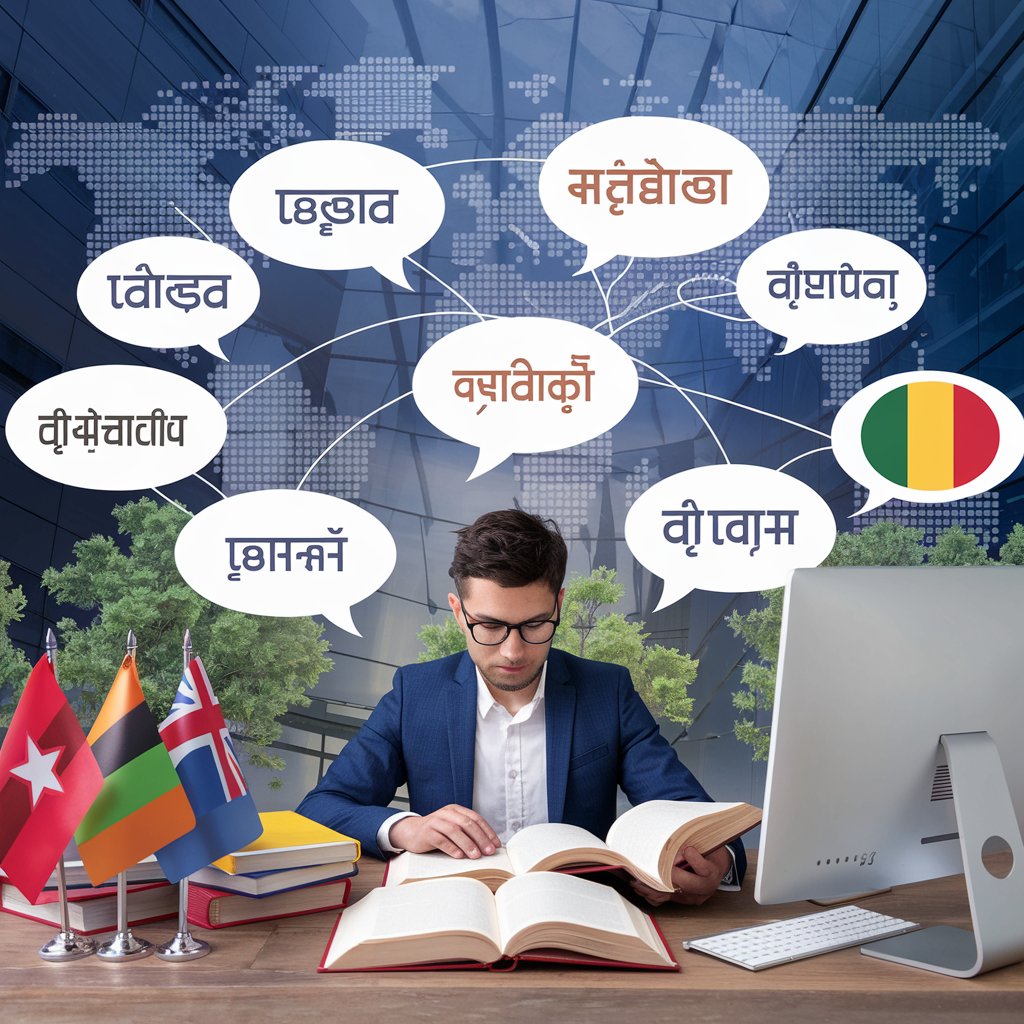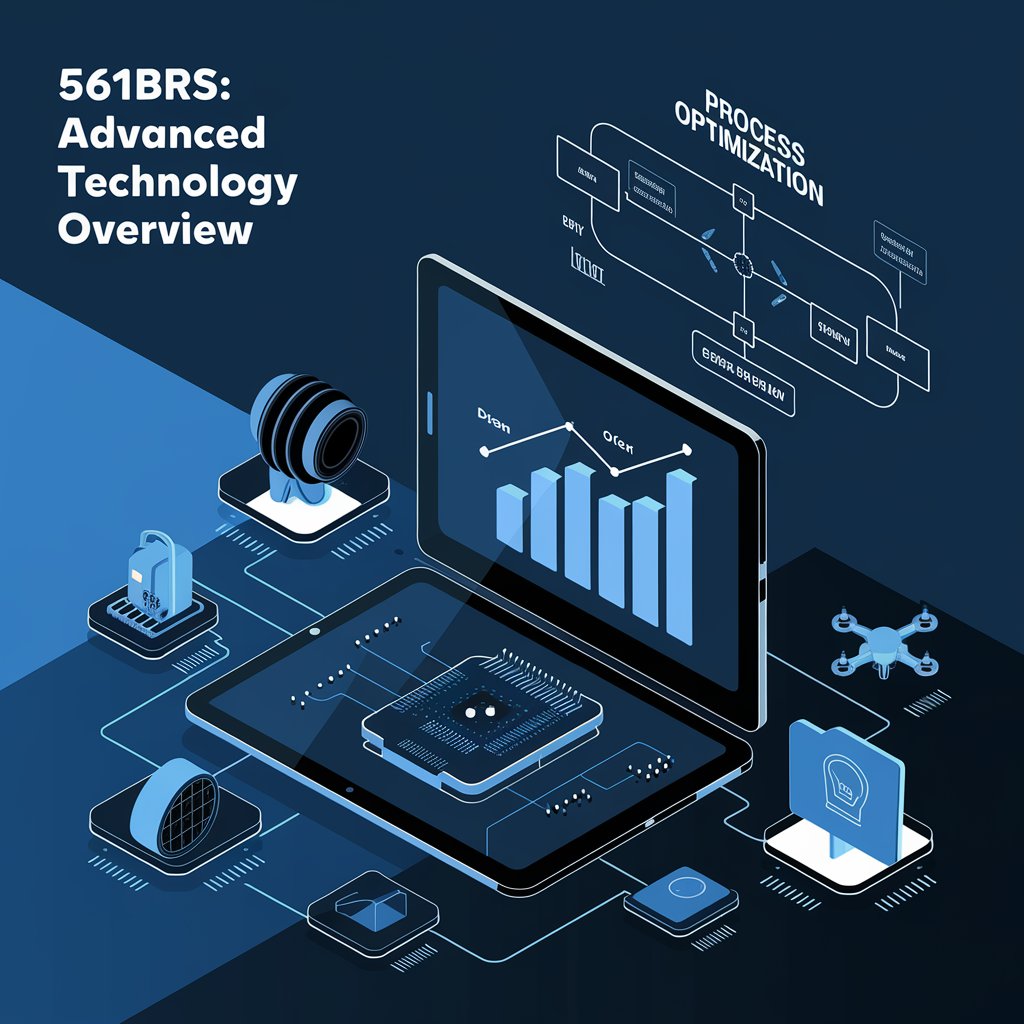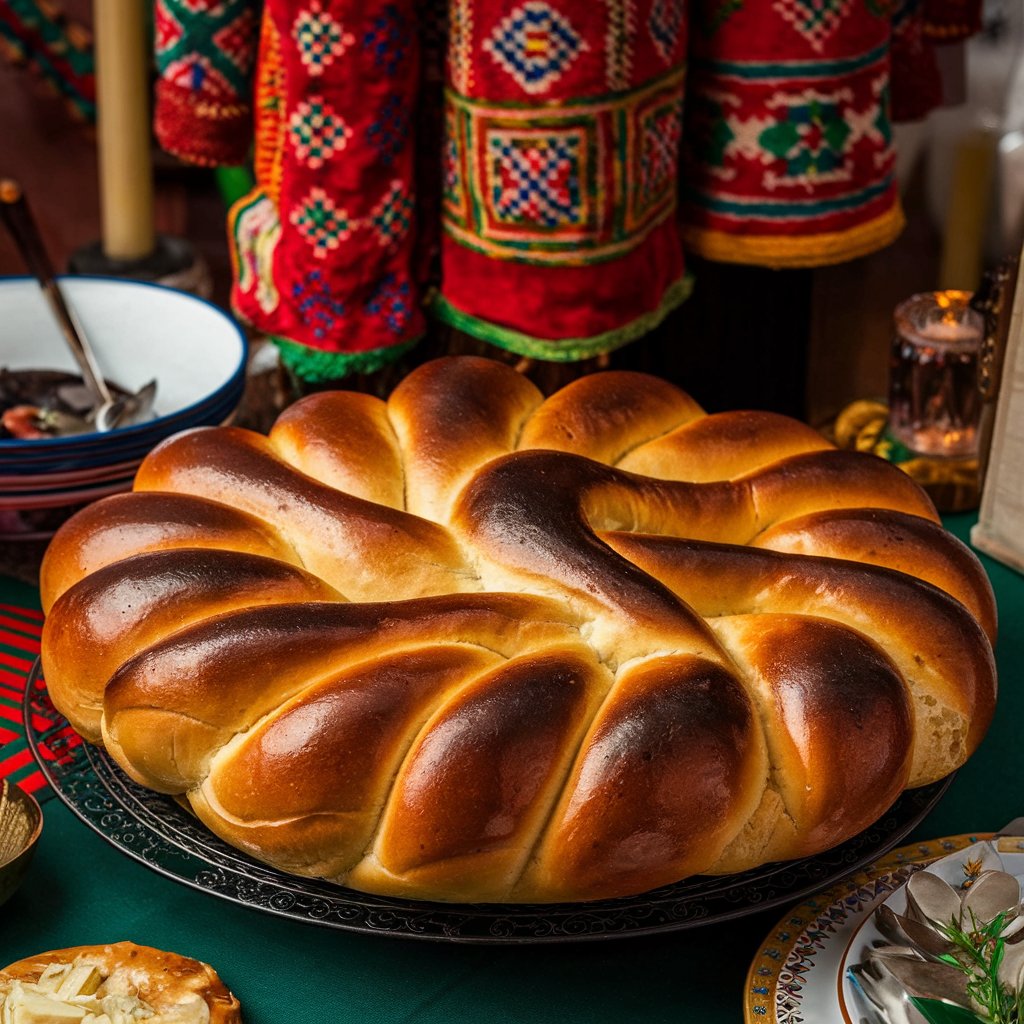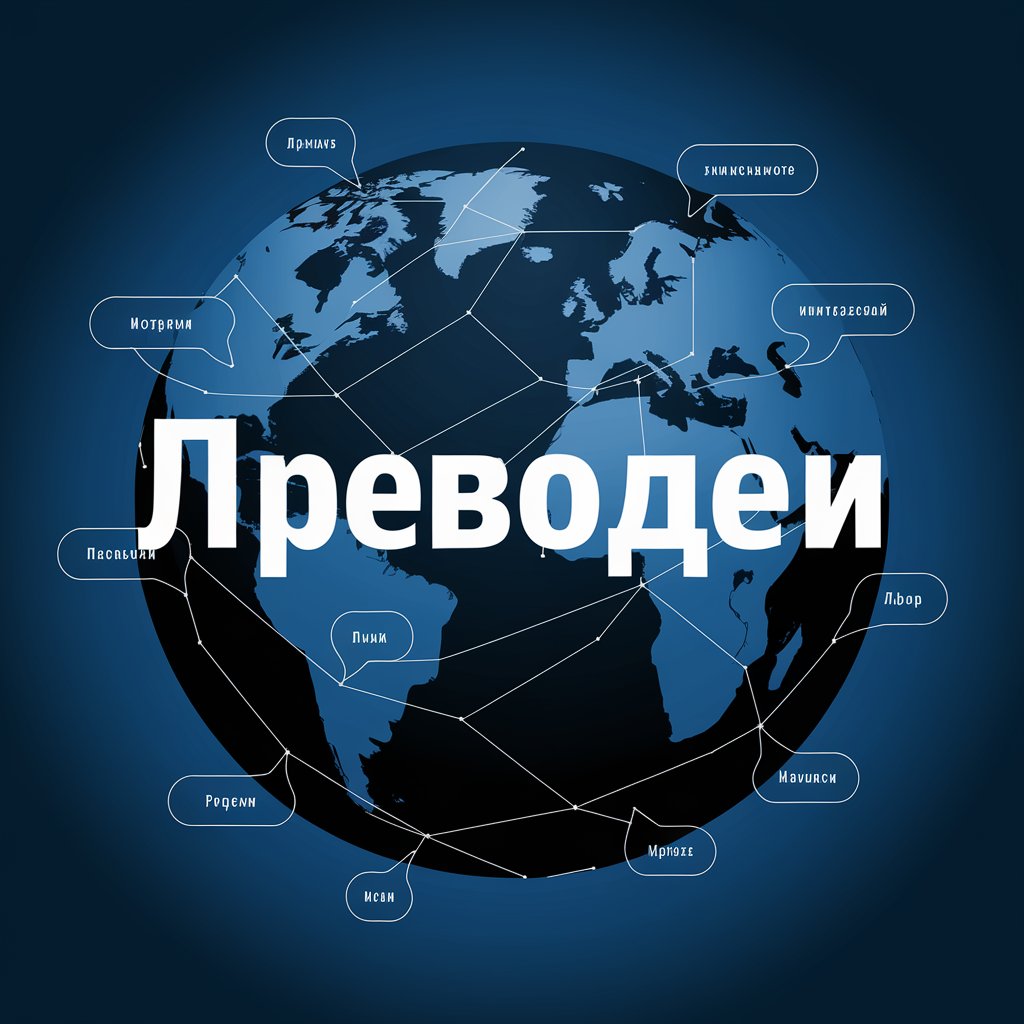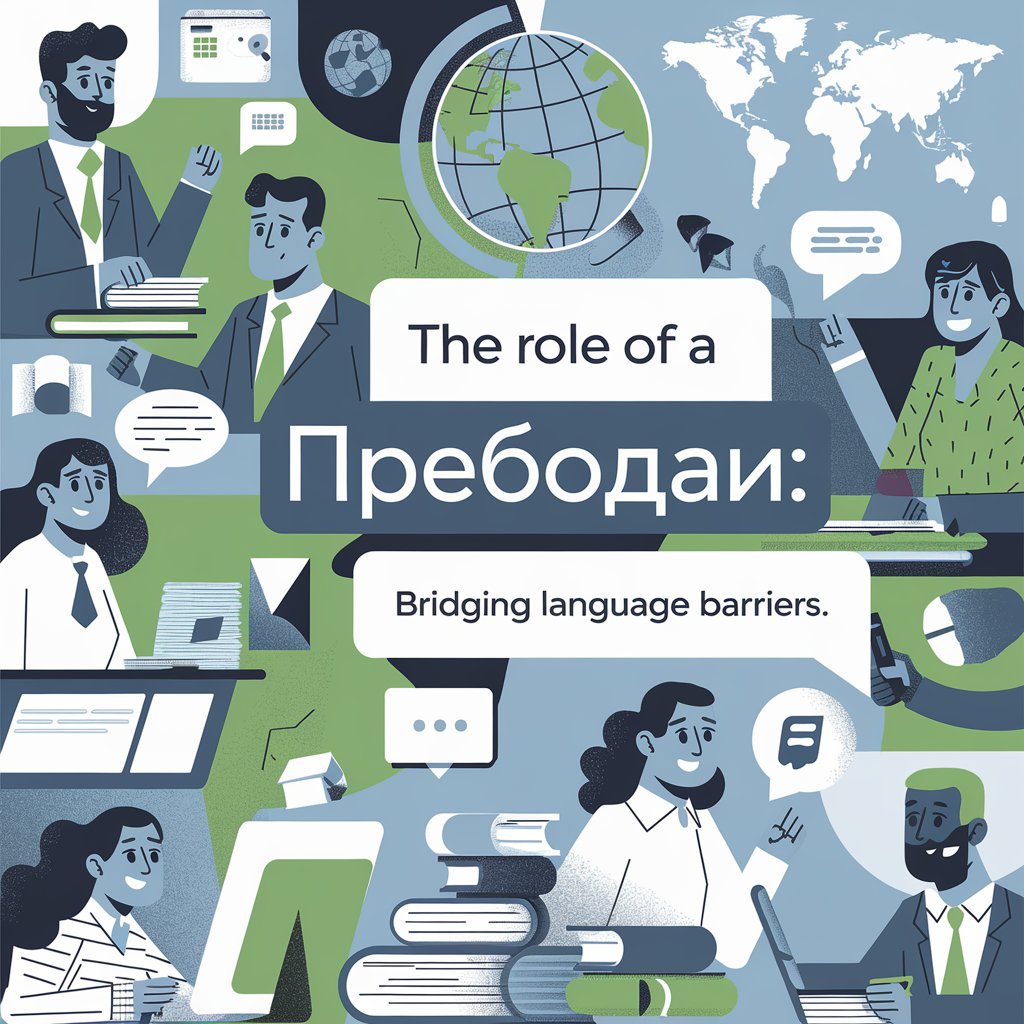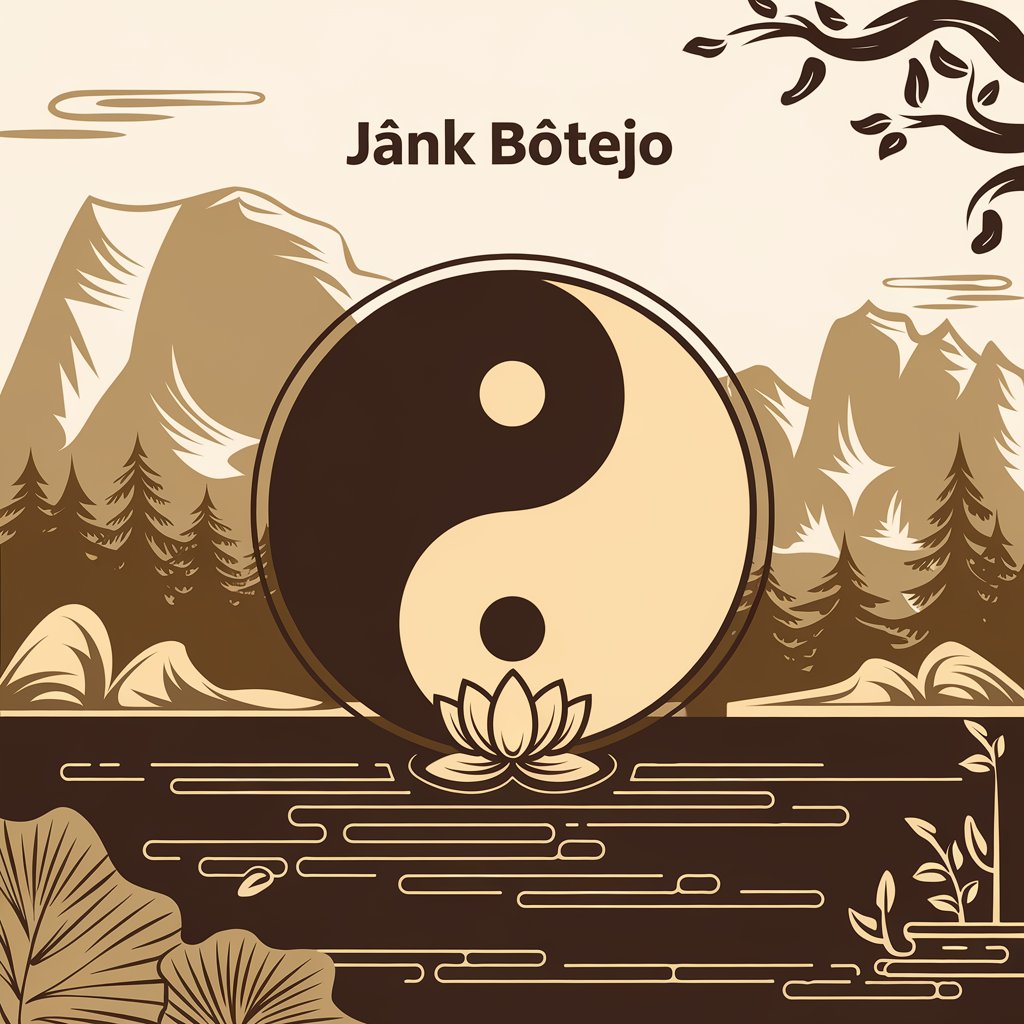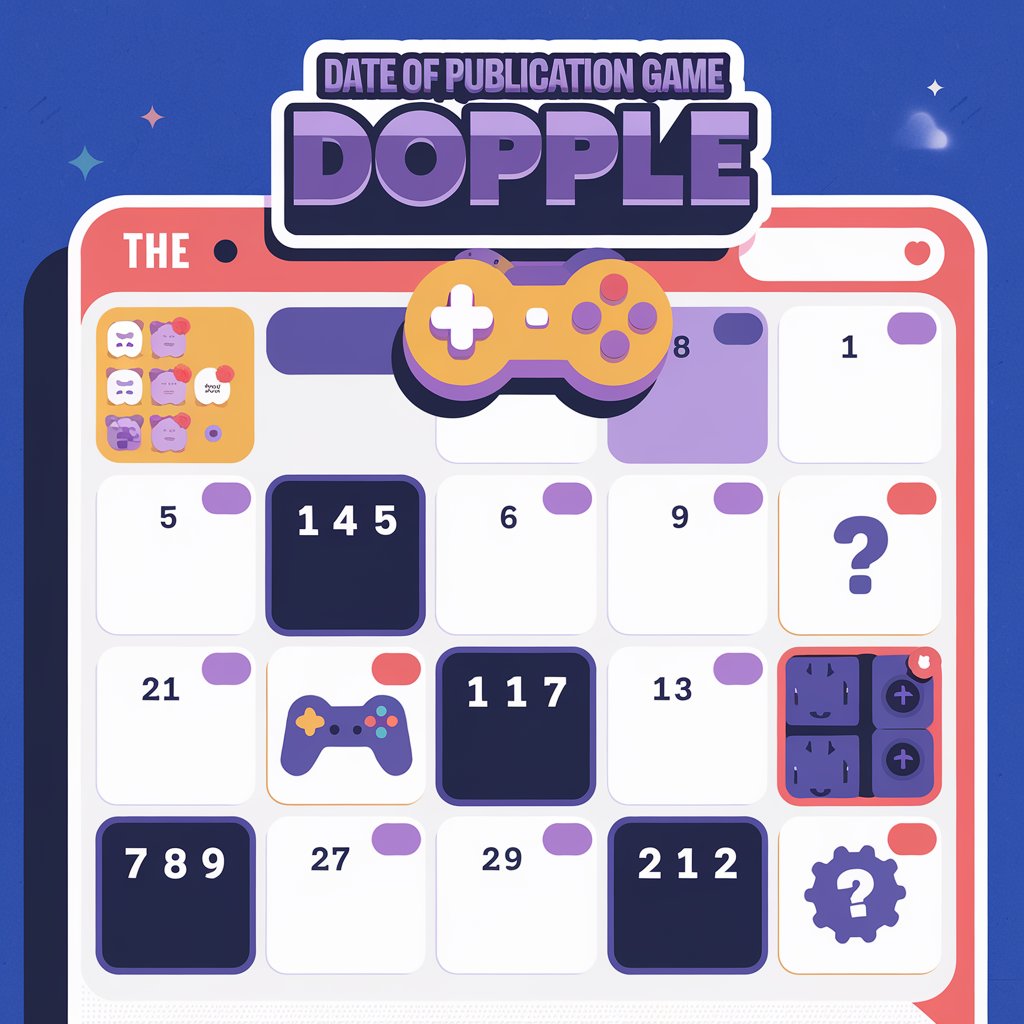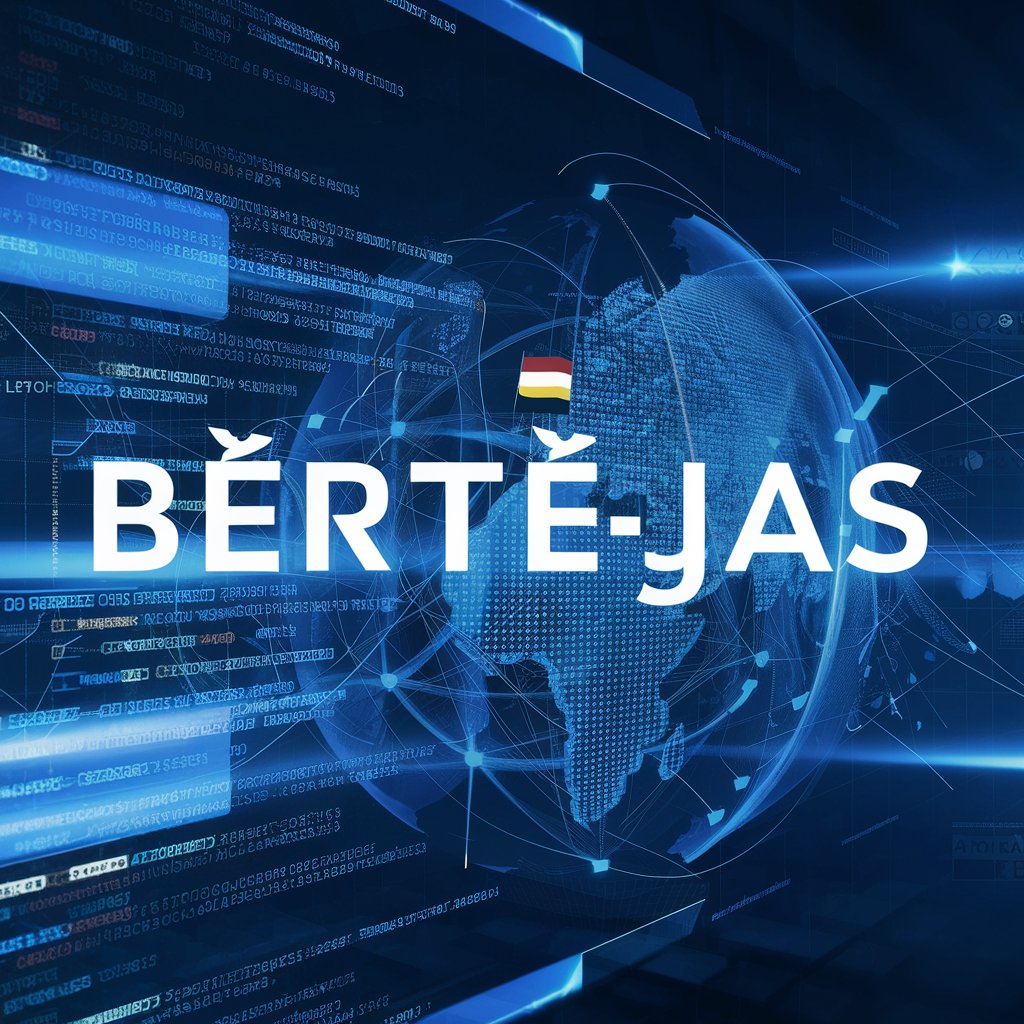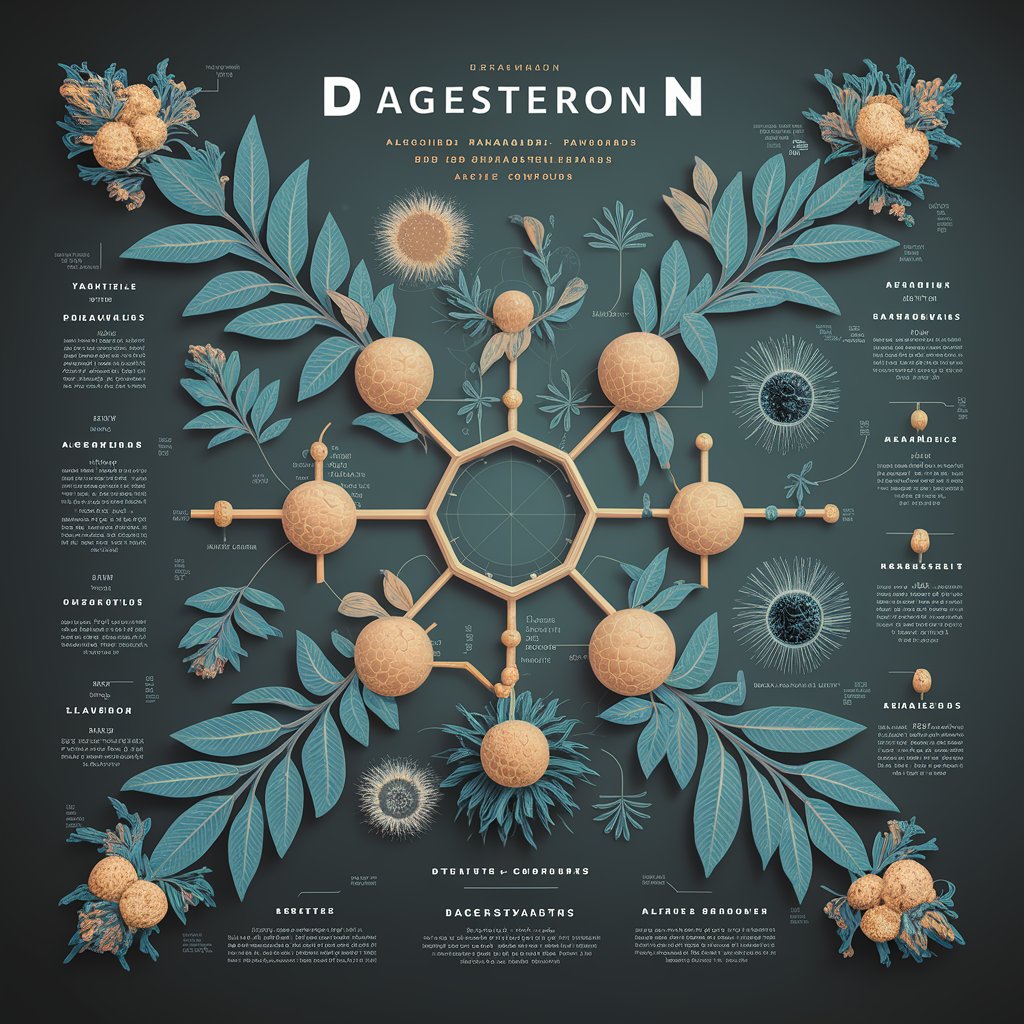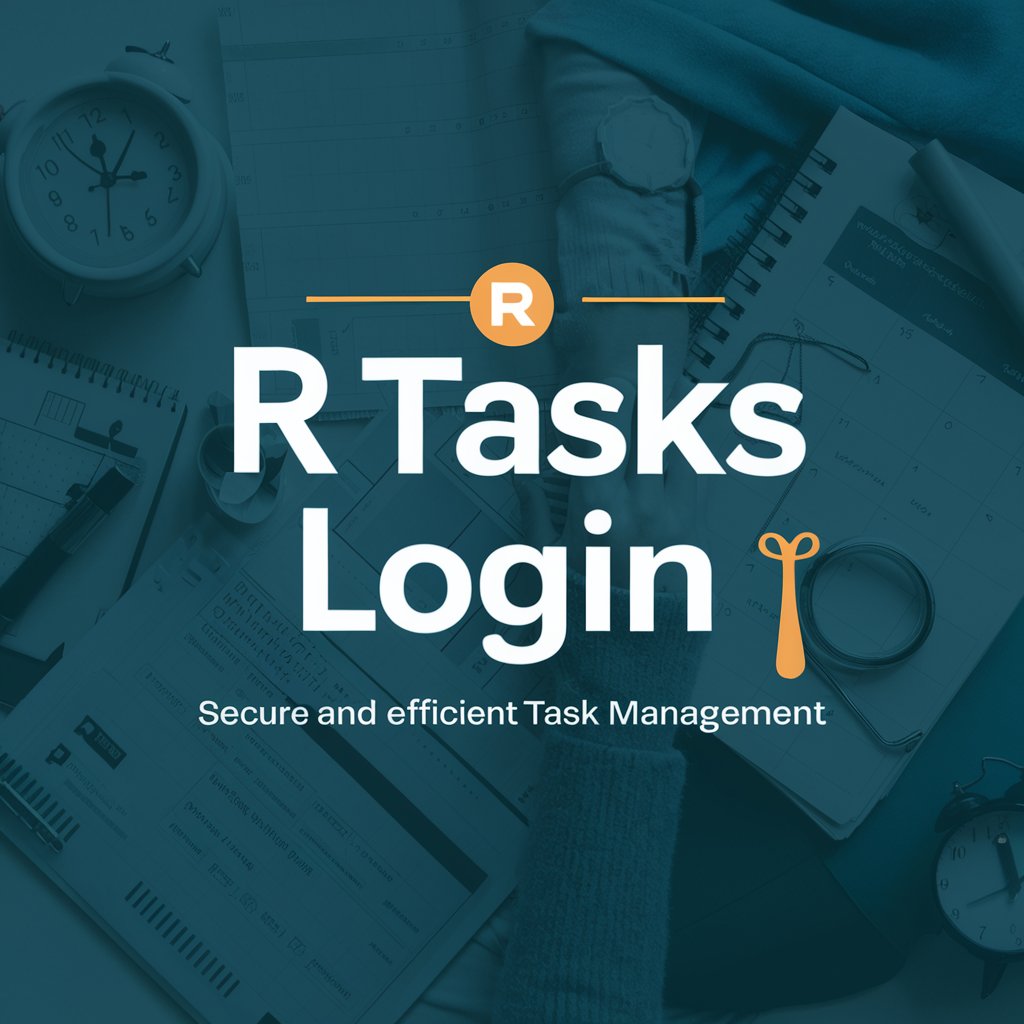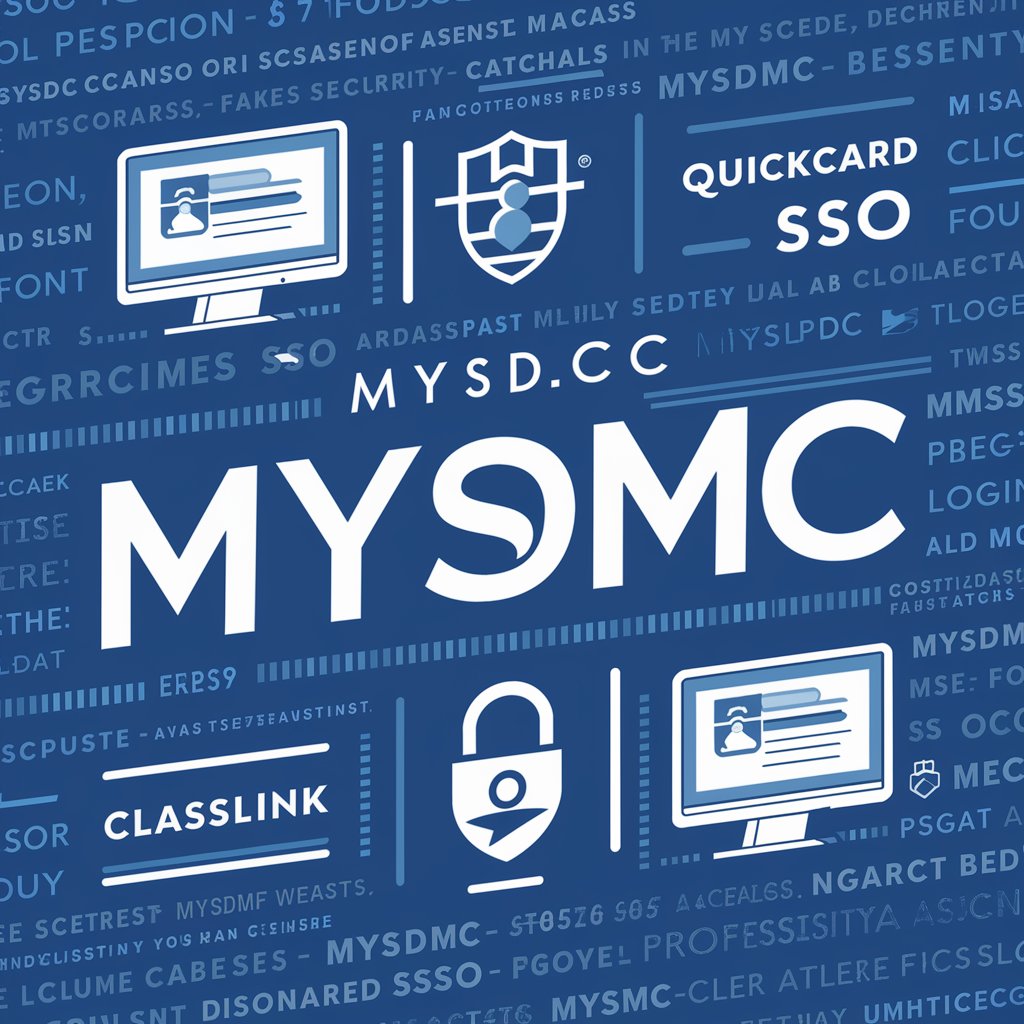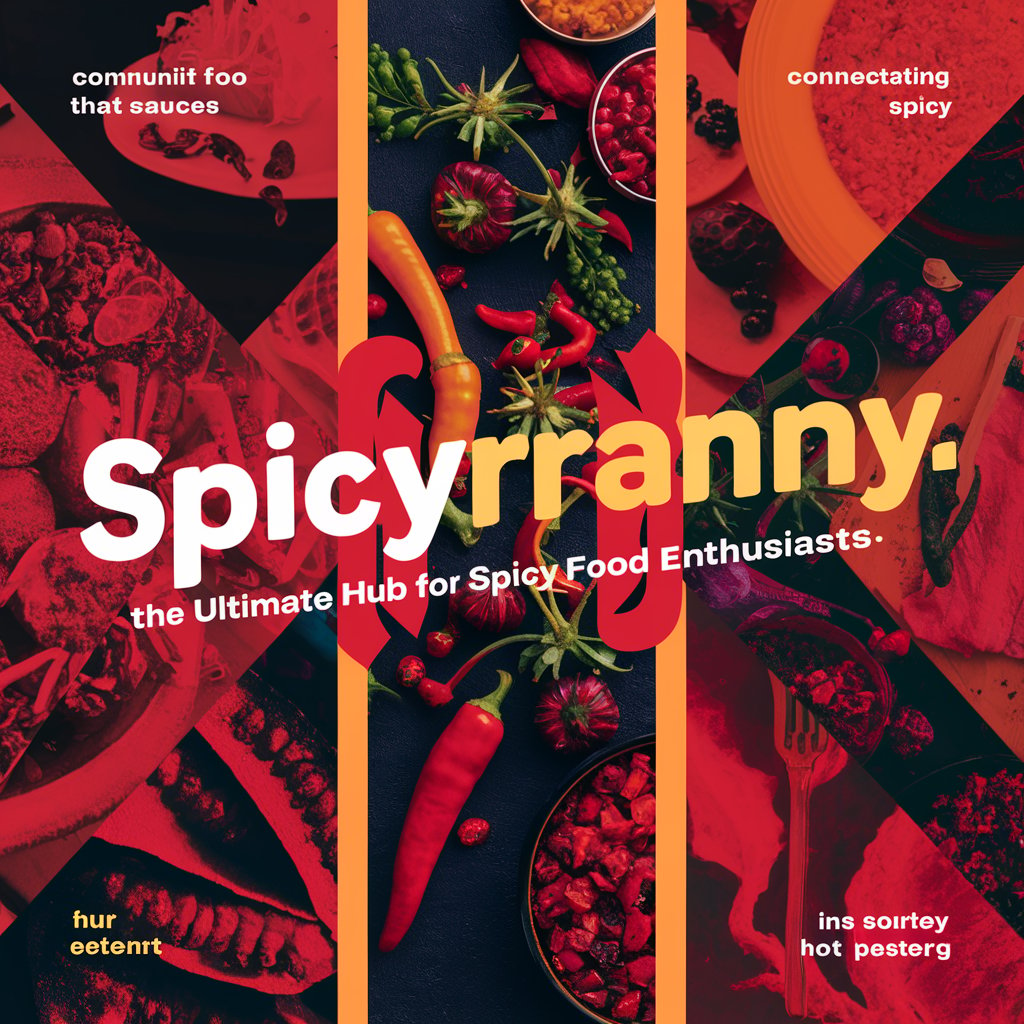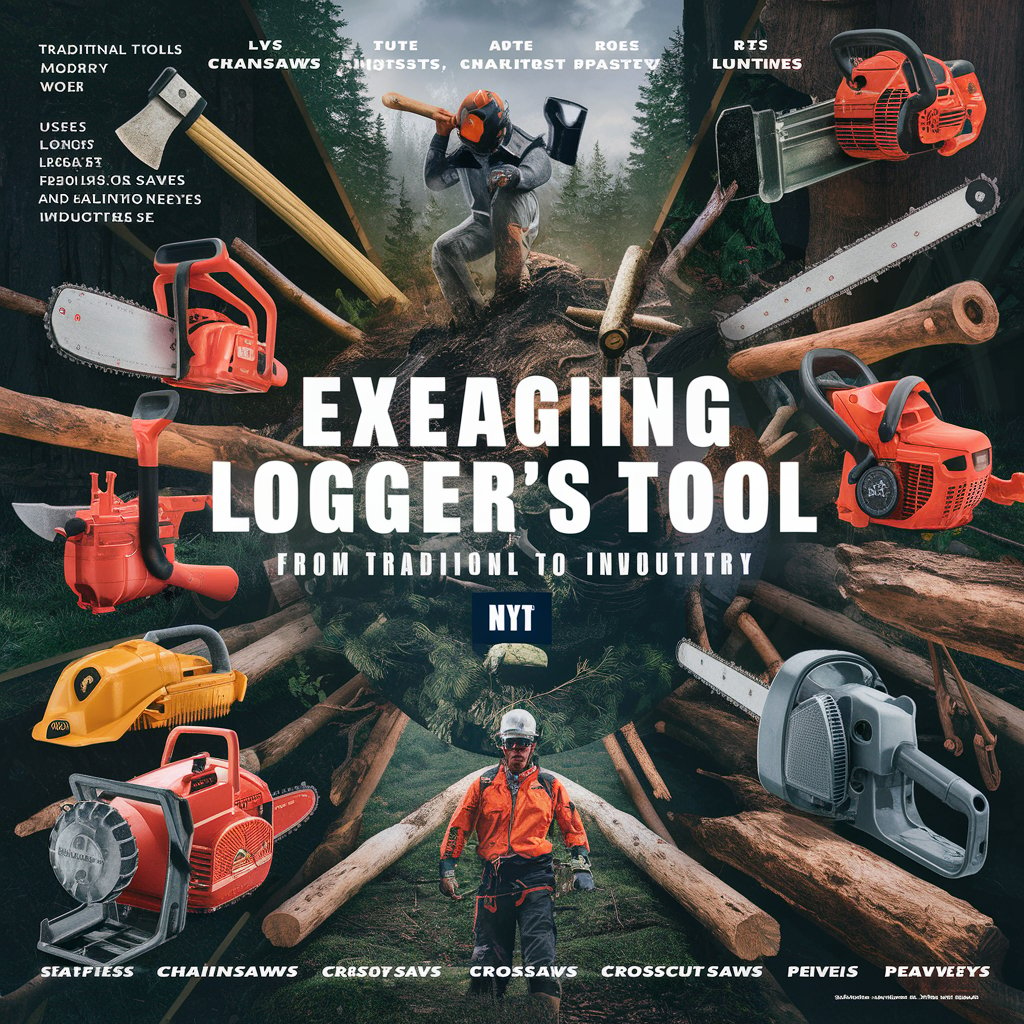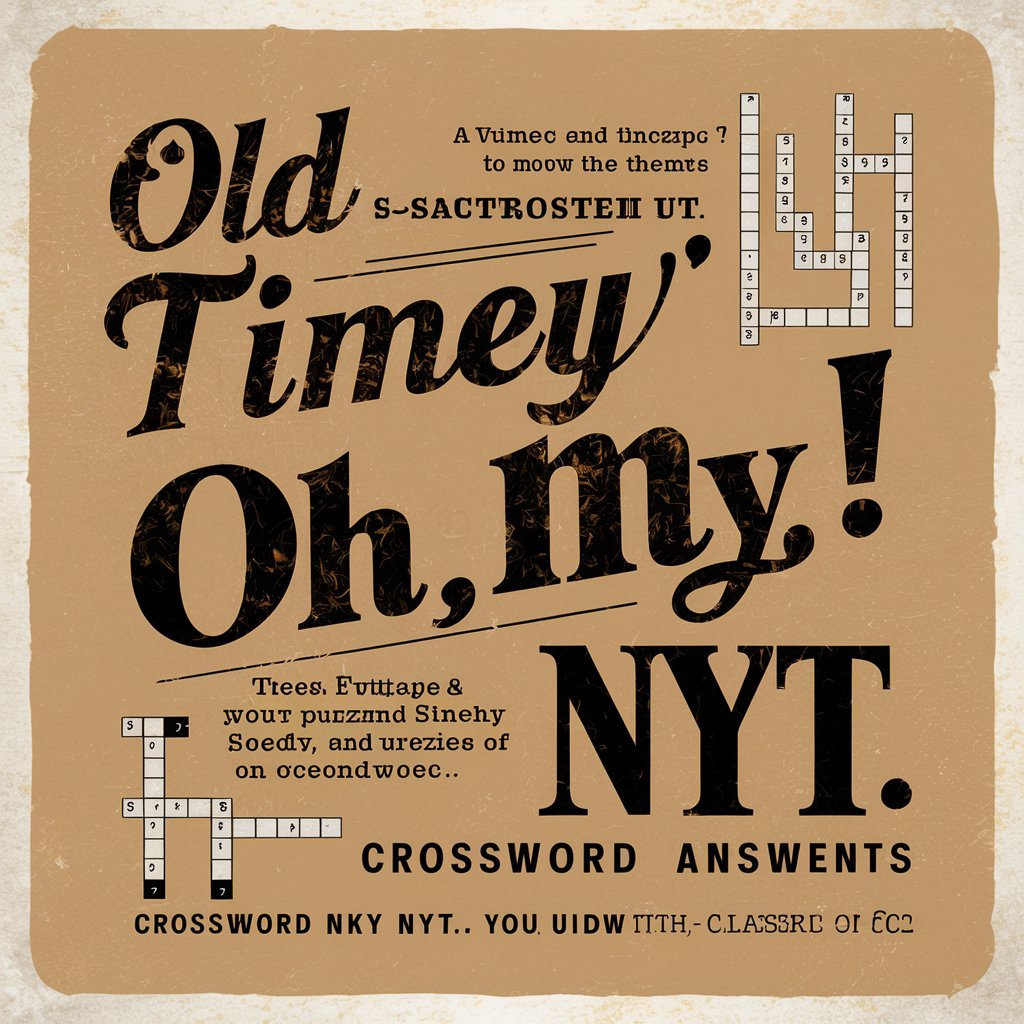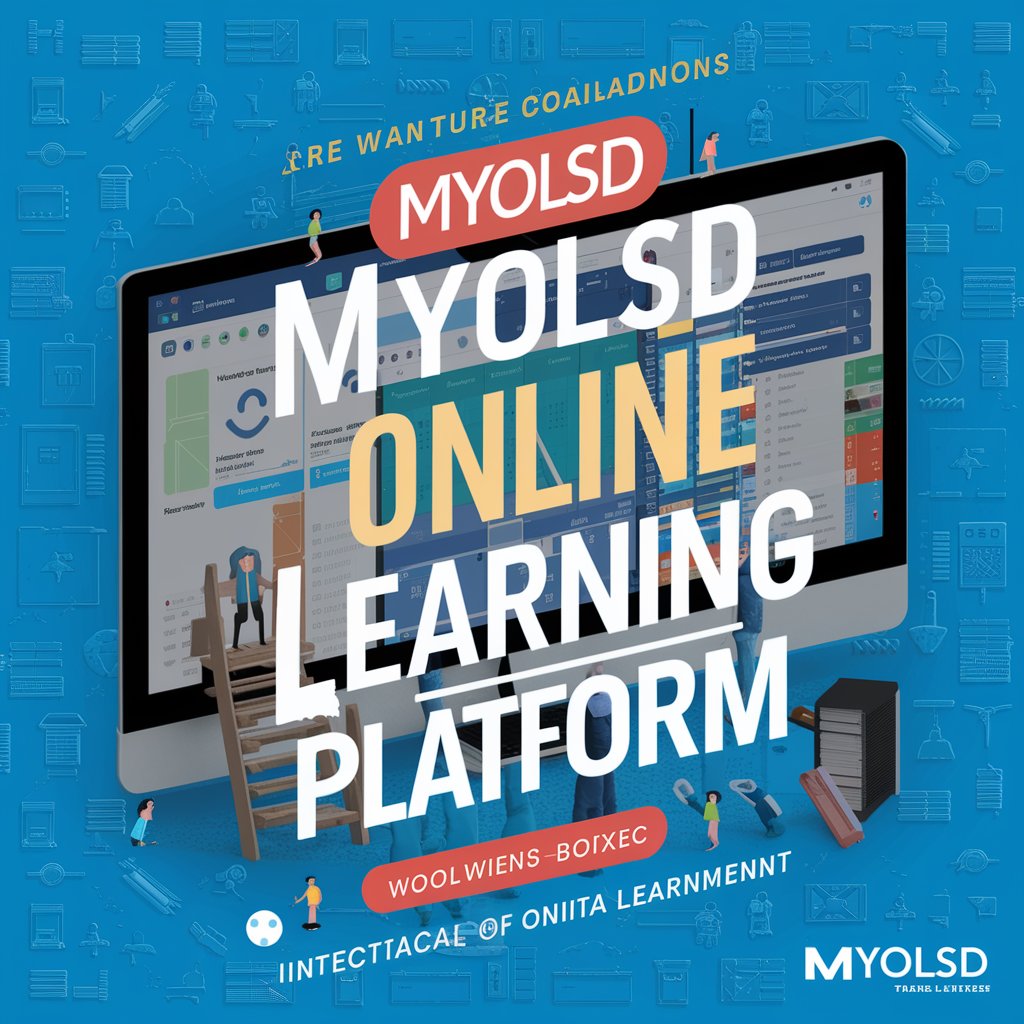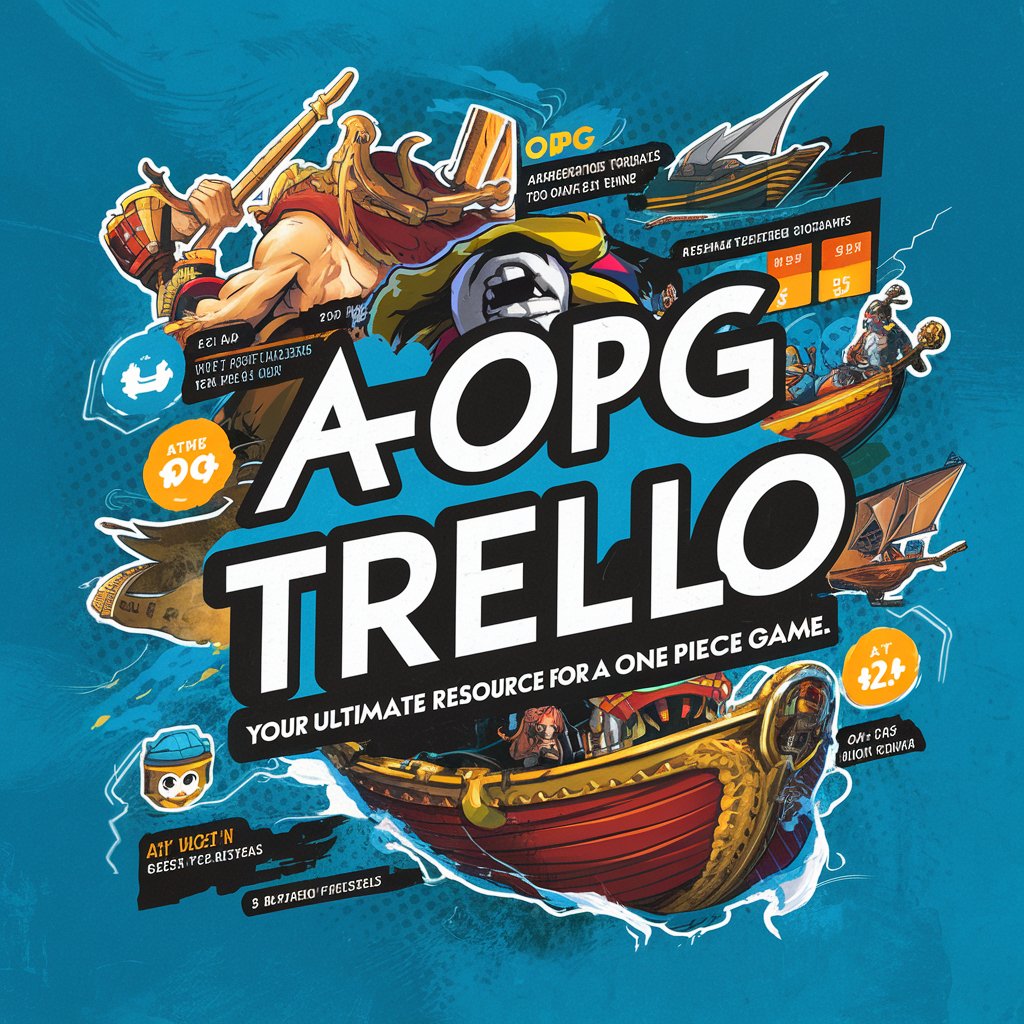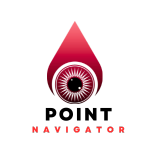The Comprehensive Guide to “Превоодач”: Understanding the Role and Impact of Translators
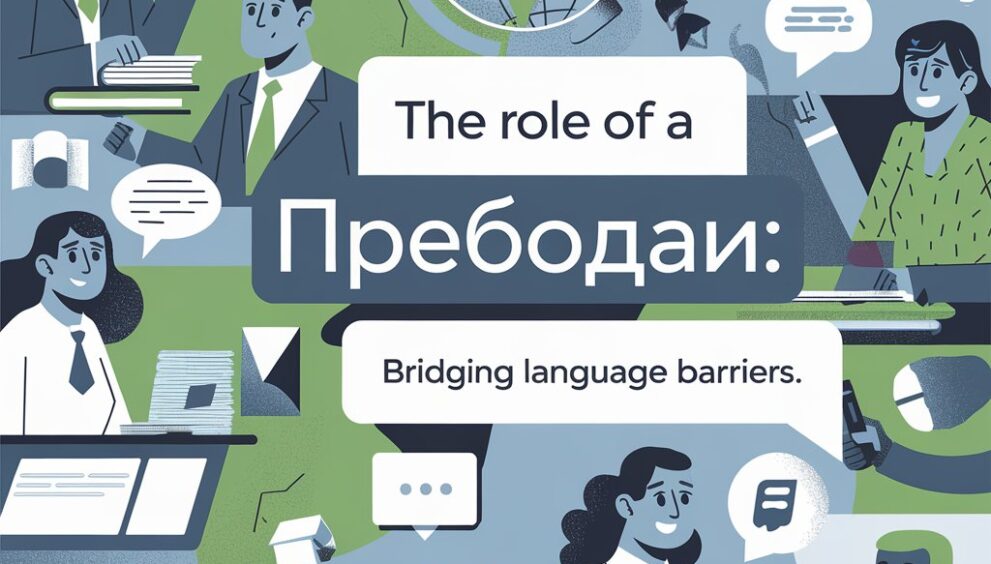
In a globalized world where communication transcends borders, the role of a превоодач (translator) has never been more crucial. Translators serve as bridges between languages, enabling seamless interaction and understanding between people from different linguistic backgrounds. This comprehensive guide will explore the intricacies of the translator’s role, delve into various aspects of translation, and provide valuable insights that go beyond the basic understanding of this profession. We aim to create an article that ranks highly on search engines by incorporating the exact keyword “превоодач” and related terms throughout the content, while maintaining an easy-to-read style for a broad audience.
A превоодач (translator) plays a crucial role in facilitating communication across language barriers, ensuring that people from different linguistic backgrounds can understand each other and engage effectively. By accurately translating written or spoken content, they help bridge gaps between cultures and enable smooth interactions in various contexts, from business to personal relationships.
Table of Contents
- Introduction to the Role of a Превоодач
- Historical Context and Evolution of Translation
- The Skills and Qualities of an Effective Превоодач
- Different Types of Translation Services
- Challenges Faced by Превоодачи
- The Impact of Technology on Translation
- Case Studies: Successful Translation Projects
- How to Become a Превоодач
- FAQs about Превоодачи
- Conclusion
Introduction to the Role of a Превоодач
A превоодач is a professional who translates written or spoken material from one language to another. This role is vital in a world where businesses, governments, and individuals interact across linguistic boundaries. Translators ensure that communication is clear and accurate, helping to prevent misunderstandings that can arise from language differences.
Why Translators are Essential
In today’s interconnected world, businesses expand into new markets, governments collaborate internationally, and people engage in global communication more than ever. Without skilled translators, these interactions could lead to misinterpretations and missed opportunities. Translators not only convert text but also ensure that cultural nuances and context are preserved, which is essential for effective communication.
Historical Context and Evolution of Translation
The art of translation dates back to ancient civilizations. Early translators worked on translating religious texts, trade documents, and literature. Historical figures like St. Jerome, who translated the Bible into Latin, and Alexander the Great’s translators played crucial roles in spreading knowledge and culture.
Milestones in Translation History
- Ancient Times: Early translations were mostly of religious texts and were done by scholars and priests.
- Medieval Period: Translators like Avicenna and Al-Kindi contributed to the translation of scientific and philosophical texts from Greek and Persian into Arabic.
- Renaissance: The translation of classical works into vernacular languages helped fuel the Renaissance.
- Modern Era: The advent of technology has transformed translation practices, with digital tools and software playing a significant role.
The Skills and Qualities of an Effective Превоодач
To be a successful превоодач, one must possess a combination of linguistic, cultural, and technical skills. Here are some key qualities and skills required:
Linguistic Proficiency
A deep understanding of both the source and target languages is essential. This includes knowledge of grammar, vocabulary, idiomatic expressions, and cultural references.
Cultural Awareness
Understanding cultural nuances and context helps in translating not just words but also meanings and sentiments accurately.
Attention to Detail
Precision is critical in translation. A small error can alter the meaning of a text. Translators must pay close attention to every detail to ensure accuracy.
Research Skills
Translators often need to research terminology, context, and subject matter to provide accurate translations.
Time Management
Translators frequently work on multiple projects with tight deadlines. Effective time management ensures that they can meet deadlines while maintaining quality.
Different Types of Translation Services
Translators offer a variety of services, each catering to different needs. Here are some common types of translation services:
Literary Translation
This involves translating novels, poems, and other literary works. It requires not only linguistic skills but also a deep understanding of literary style and cultural context.
Legal Translation
Legal documents, such as contracts and agreements, require precise translation to avoid legal issues. Legal translators must be familiar with legal terminology in both languages.
Technical Translation
Technical translation involves translating manuals, user guides, and technical documentation. This type of translation demands a high level of expertise in the subject matter.
Medical Translation
Medical translators work on translating patient records, medical research, and pharmaceutical documents. Accuracy and familiarity with medical terminology are crucial in this field.
Financial Translation
Financial translators handle documents related to finance, such as reports, audits, and financial statements. They need to understand financial terminology and concepts.
Website and Software Localization
Localization is the process of adapting websites and software to meet the linguistic and cultural needs of a target audience. This goes beyond translation to include cultural adaptation.
Challenges Faced by Превоодачи
Translators face various challenges in their work. Understanding these challenges can help in appreciating the complexity of their role.
Language Nuances
Languages are rich with idiomatic expressions, slang, and cultural references that may not have direct equivalents in other languages. Translators must find creative ways to convey these nuances.
Maintaining Consistency
In large projects, consistency in terminology and style is crucial. Translators often use glossaries and translation memories to maintain consistency.
Deadlines and Workload
Translators frequently work under tight deadlines and manage multiple projects simultaneously. This can lead to stress and pressure, affecting the quality of their work.
Handling Sensitive Content
Translators may deal with sensitive or confidential information. They must ensure that such content is handled with discretion and integrity.
The Impact of Technology on Translation
Technology has significantly transformed the field of translation. Here are some ways in which technology has influenced translation practices:
Translation Software
Translation software, such as Computer-Assisted Translation (CAT) tools, helps translators work more efficiently by providing features like translation memories and terminology databases.
Machine Translation
Machine translation tools, like Google Translate, use artificial intelligence to provide instant translations. Exploring alternatives to Google Translate can provide users with enhanced features, better accuracy, and customized solutions for specific translation requirements.
Online Dictionaries and Resources
Online dictionaries, thesauri, and glossaries provide translators with quick access to definitions, synonyms, and specialized terminology.
Collaboration Tools
Online collaboration tools enable translators to work together on projects, share resources, and communicate with clients more effectively.
Case Studies: Successful Translation Projects
Examining successful translation projects can provide valuable insights into best practices and effective strategies. Here are a few examples:
Case Study 1: International Business Expansion
A multinational company expanded into new markets by translating their marketing materials and website into multiple languages. The translation team ensured that the brand’s message and cultural nuances were preserved, leading to successful market penetration.
Case Study 2: Legal Document Translation
A legal firm required the translation of complex legal documents for a cross-border transaction. The translator’s expertise in legal terminology and attention to detail ensured that the documents were accurately translated and legally binding.
Case Study 3: Literary Translation of a Bestseller
A bestselling novel was translated into several languages. The translator’s skill in capturing the author’s voice and style was crucial in maintaining the book’s success across different cultures.
How to Become a Превоодач
If you’re interested in becoming a превоодач, here are the steps you should follow:
Educational Requirements
A degree in translation, languages, or a related field is often required. Specialized courses in translation can provide additional skills and knowledge.
Language Proficiency
Achieving a high level of proficiency in at least two languages is essential. This involves both written and spoken skills.
Certification
Obtaining certification from a recognized translation organization can enhance your credibility and job prospects.
Gaining Experience
Starting with internships, freelance projects, or volunteer work can help build your experience and portfolio.
Joining Professional Associations
Joining professional organizations, such as the American Translators Association (ATA), can provide networking opportunities and access to resources.
FAQs about Превоодачи
What is a Превоодач?
A превоодач is a translator who converts written or spoken material from one language to another, ensuring clear and accurate communication.
What Skills Are Needed to Be a Successful Превоодач?
A successful превоодач needs strong linguistic skills, cultural awareness, attention to detail, research skills, and time management abilities.
How Does Technology Impact Translation?
Technology impacts translation through tools like translation software, machine translation, online dictionaries, and collaboration tools. These technologies enhance efficiency but may not always capture nuances accurately.
What Are the Different Types of Translation Services?
Different types of translation services include literary translation, legal translation, technical translation, medical translation, financial translation, and website/software localization.
How Can I Become a Превоодач?
To become a превоодач, you should pursue relevant education, achieve high language proficiency, obtain certification, gain experience, and join professional associations.
Conclusion
The role of a превоодач is indispensable in our interconnected world. Translators facilitate communication across languages, bridging gaps and fostering understanding between people from diverse backgrounds. By mastering linguistic skills, cultural awareness, and leveraging technology, translators ensure that messages are conveyed accurately and effectively. As globalization continues to advance, the demand for skilled translators will only grow, making this profession both challenging and rewarding.
Understanding the depth and complexity of translation can enhance appreciation for the work of превоодачи and highlight the importance of their contributions to global communication. Whether you’re considering a career in translation or simply curious about the field, this guide provides a comprehensive overview of what it means to be a translator in today’s world.
 English
English 





